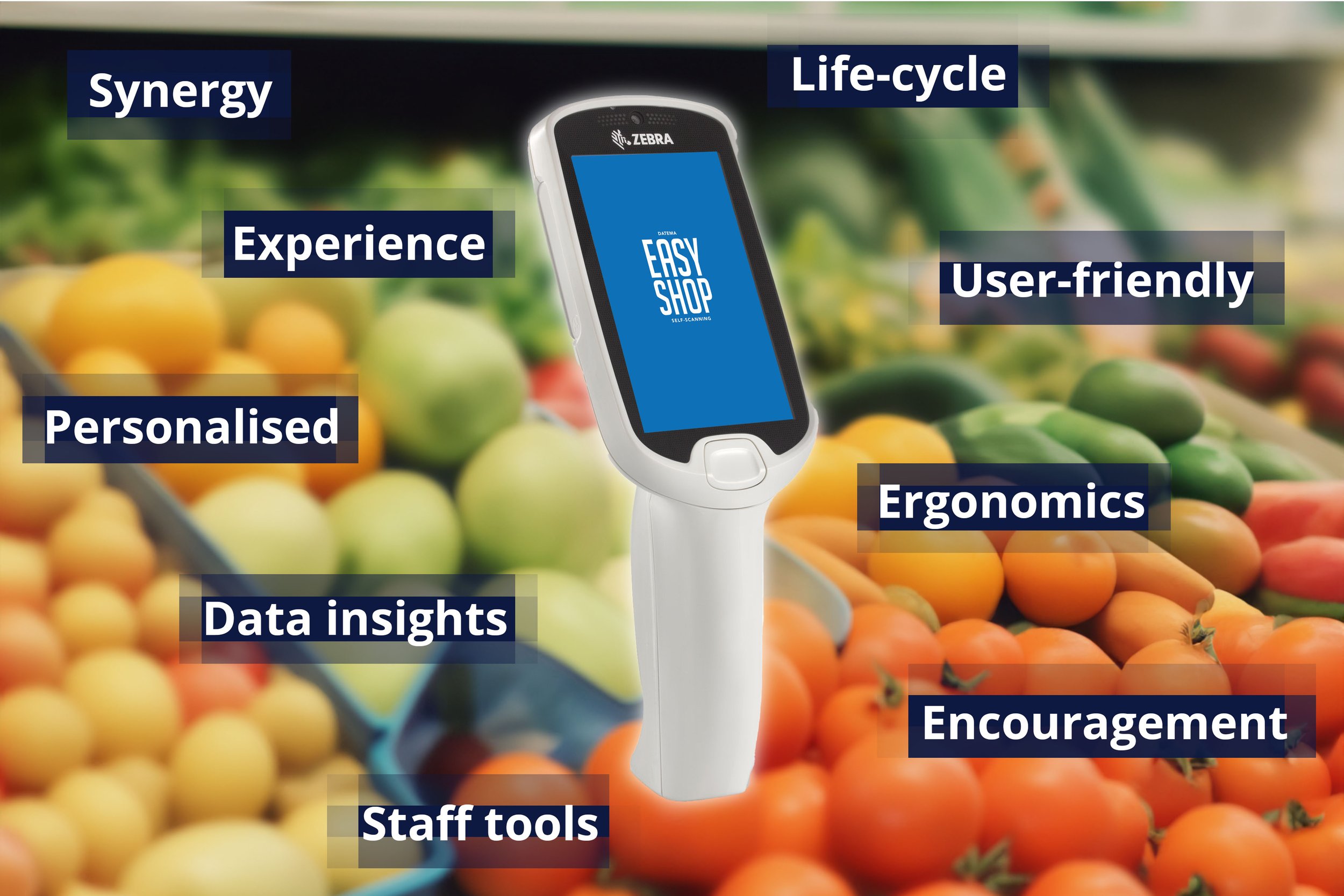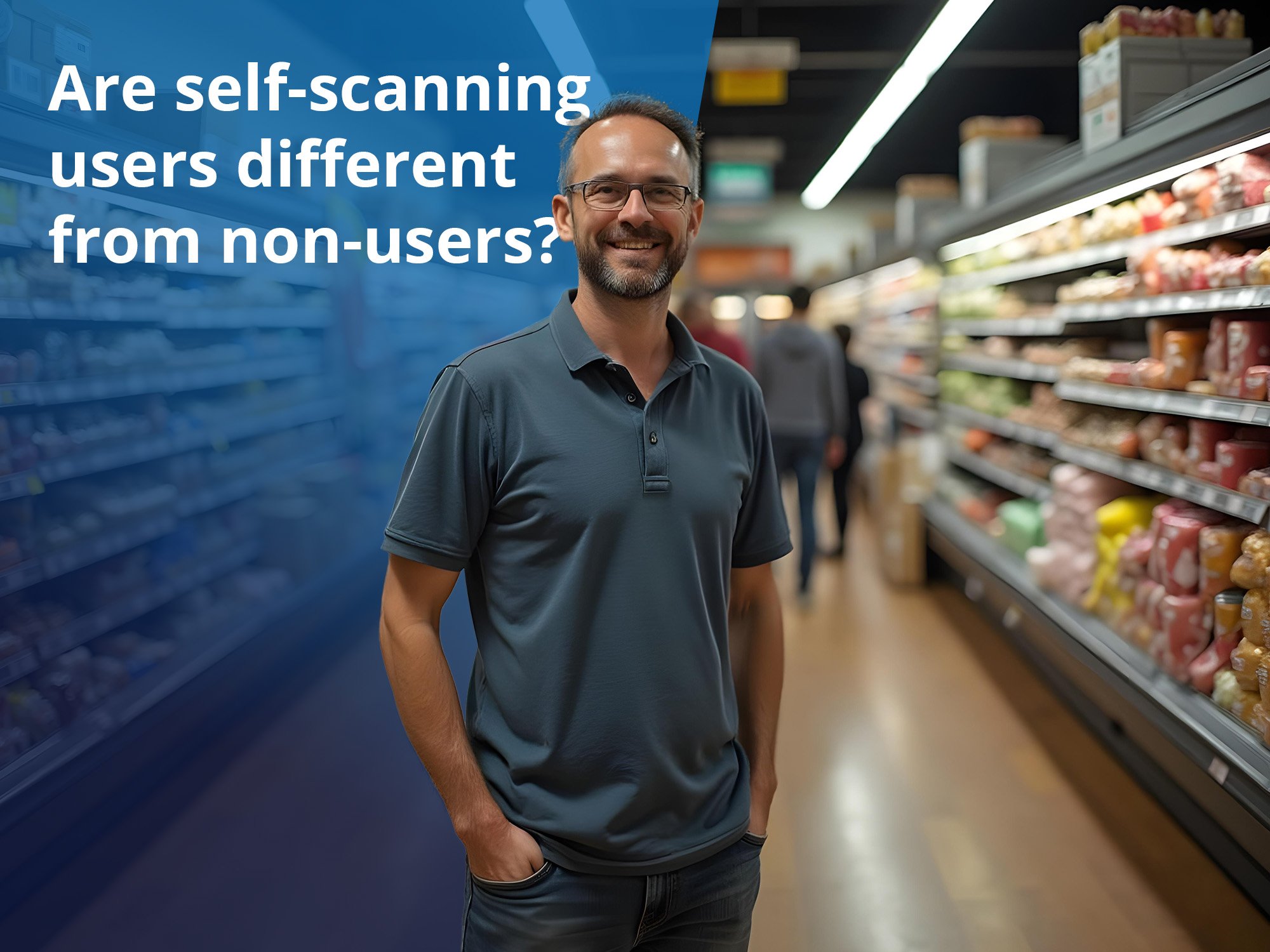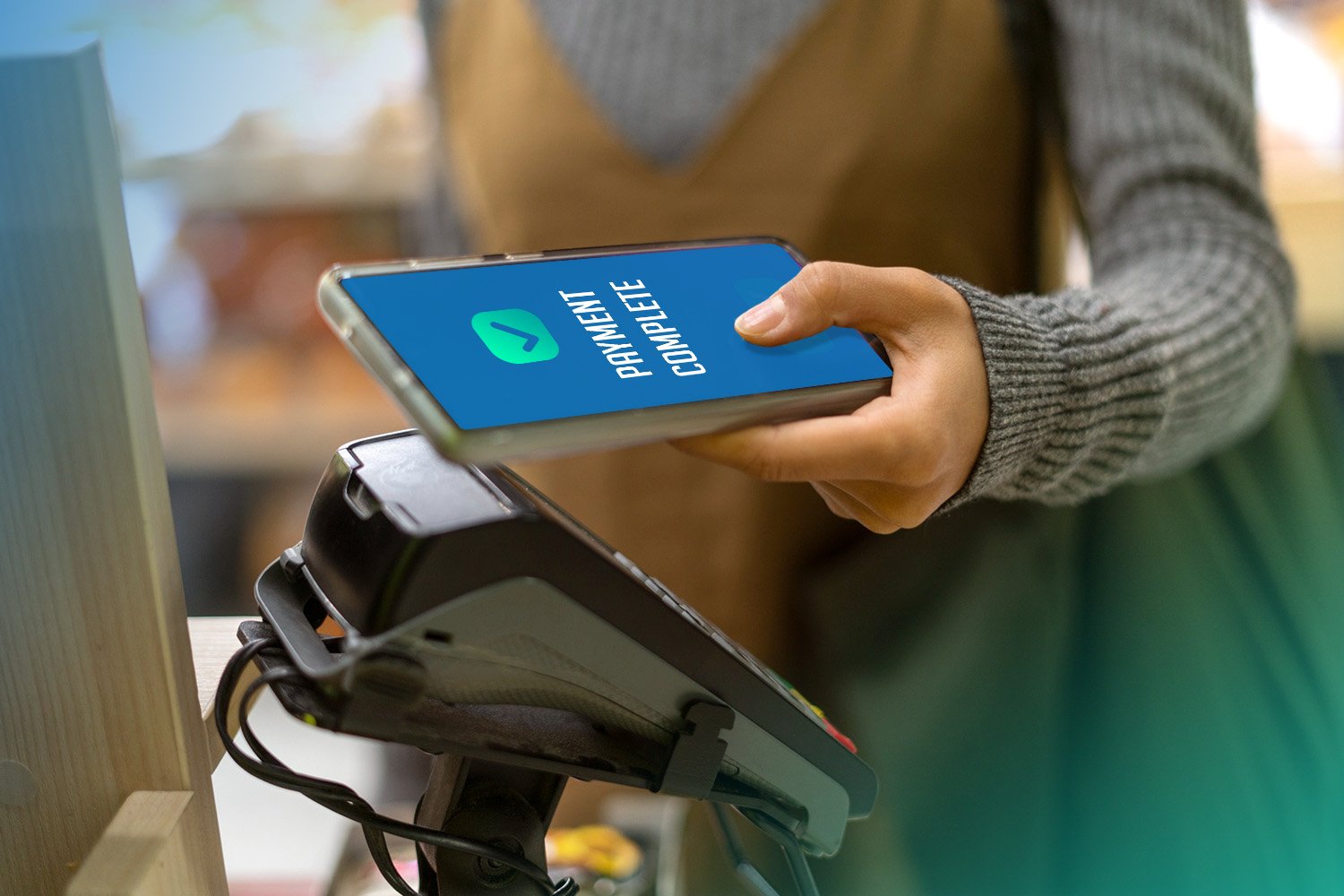High-quality self-scanning software and hardware: Why you need both
Self-scanning is a retail technology which popularity has increased during the last decade: not only has the technology itself gotten more advanced, but shoppers in local markets have also become accustomed to the solution. This has made retailers more eager to implement self-scanning in their stores, which has further increased the popularity of the retail technology.
But there is a need for smart and well-functioning software and hardware. Moreover, there needs to be a good fit between the physical parts in store, and the software in these devices, in order to maximize the shopper experience. Learn more about this here!
In order to maximize the self-scanning experience, retailers should select both software and hardware with care.
The importance of well-made self-scanning software
Well-made and user-friendly software such as EasyShop is key when implementing self-scanning, for multiple reasons. Here are some of the reasons why the self-scanning setup needs good software:
Lower the threshold for new shoppers
By providing a user-friendly self-scanning software with an intuitive menu, it becomes easier for shoppers to start self-scanning. Shoppers are not looking for a long lecture about how to navigate the self-scanning solution, neither the software nor the hardware, they want to get started right away.
Encourage shoppers to keep self-scanning
Shoppers who have tried self-scanning once, and are hesitant to do so again, are probably not happy with their user-experience. By providing useful features and smart menus, shoppers will get additional value from their self-scanning shopping trip.
Enable the integration with existing CRM-systems and loyalty programs
A good self-scanning software has the ability to be integrated with the existing CRM-systems and other programs. This is not only helpful for shoppers, who can see their available discounts and get personalized offers. Retailers will gain useful data from all shoppers – also from those who self-scan.
Enable security features for retailers and in-store staff
In order to keep shrinkage to a minimum, and to make sure that the store complies with local rules and regulations, a well-made self-scanning software comes with a variety of control options. This will ensure that retailers – and their staff members- have the necessary tools to perform controls.
How to pick self-scanning software?
Good self-scanning software does not necessarily equal a hefty price tag. It is important for retailers to have a clear vision of what they would need for their stores, to do market research and to ask themselves: what do we appreciate while self-scanning? And how should an enjoyable self-scanning experience in our store be?
A good idea could be to visit stores that already have self-scanning in place, to get a feel for features and functionalities that are desirable. As there are various types of self-scanning software out there, retailers should choose carefully.
The importance of good self-scanning hardware
The hardware plays a major role in the success of a self-scanning implementation. Not only does it provide the shoppers with a more tangible experience, but it can also either enhance or worsen the software functionalities. Here are some examples of how the hardware can affect the self-scanning experience:
Ergonomics
For those who enjoy some weekly or semi-weekly grocery shopping with plenty of items in the cart, having an ergonomic device for self-scanning is a necessity. Scanning the items should not be a hassle, and high quality hardware has been adapted to fit the customer needs, also when it comes to ergonomics. For those of you who are interested in the early development of self-scanning devices, there is some insightful stories here.
Useful features and functions
Once the self-scanning device is being used, there is a clear demand for useful features and functions. Moreover, it is important that functions such as the barcode scanner and the battery-life of the device is sufficient. There things will play a major role in whether or not the self-scanning solution will be used again.
Longer life-cycle and less need for repairs
By using quality hardware, also retailers have something to gain. Hardware that can be used for a long period of time, with high quality materials and components, will keep the need to purchase replacements to a minimum. Moreover, by investing in high quality devices such as the Zebra PS20, the low amount of repairs will prove to be a cost-saving result in the long-run.
The hardware does not only include the self-scanning devices, but all other hardware connected to the self-scanning solution as well. For example, the cradles that are used for charging and displaying the self-scanning devices needs to be of high quality in order to match the standard of the devices.
What happens when there is a disparity between the hardware and the software?
As previously mentioned, high-quality software and hardware can bring significant benefits for both shoppers and retailers. But what happens when there is a disparity between software and hardware? There is a risk of not getting out the most of the combined benefits, resulting in missed opportunities and relatively low synergy effects.
Good self-scanning software with low-quality hardware
When having a good self-scanning software in place, but using it with hardware that is of low-quality, there is a risk that not all software features can be utilized. The devices has to be able to showcase functions and features in a good way, and to be steady enough to ensure that shopping journeys are not interrupted or cancelled.
Moreover, regardless of how excellent the self-scanning software is, bad hardware will probably prevent shoppers from attempting to self-scan again. For example, devices having a weak barcode scanner might create frustration and result in fewer shoppers wanting to scan the items by themselves.
Good self-scanning hardware with inadequate software
When the self-scanning hardware is good, shoppers will be able to scan their items quickly, and to enjoy a long shopping trip without having to risk any unwanted cancellations or that the device. But how will this data be processed and showcased? Moreover, will any offerings or discounts appear? And what about the total amount of scanned items, could the list be adjusted, or will the shoppers need to collect a new device and start over?
Smart software is a must for an enjoyable shopping experience – a long battery life does not matter if no one wants to self-scan due to inadequate self-scanning software.
Using the EasyShop software with Zebra PS20 and PS20 Plus
As of now, you probably have a good idea of the benefits of using a smart self-scanning software with high-quality hardware.
Speaking of high-quality hardware, the PS20 Personal Shopper Series from Zebra Technologies has proven to be advantageous for retailers wanting to provide a high-quality self-scanning experience.
The PS20 series consists of two models, the PS20 and the PS20 Plus. Both models are designed to provide a personalised shopping experience, while also increase productivity for staff members.
Together with the EasyShop solution from Datema Retail, the PS20 devices can provide an enjoyable shopping experience for customers who self-scan. The installed software works perfectly well with the android-based devices, enabling various smart features such as personalized offers, integration with loyalty systems, and the ability to remove products using the touch-screen.
This video illustrates the need of both a well-made software and reliable hardware.




